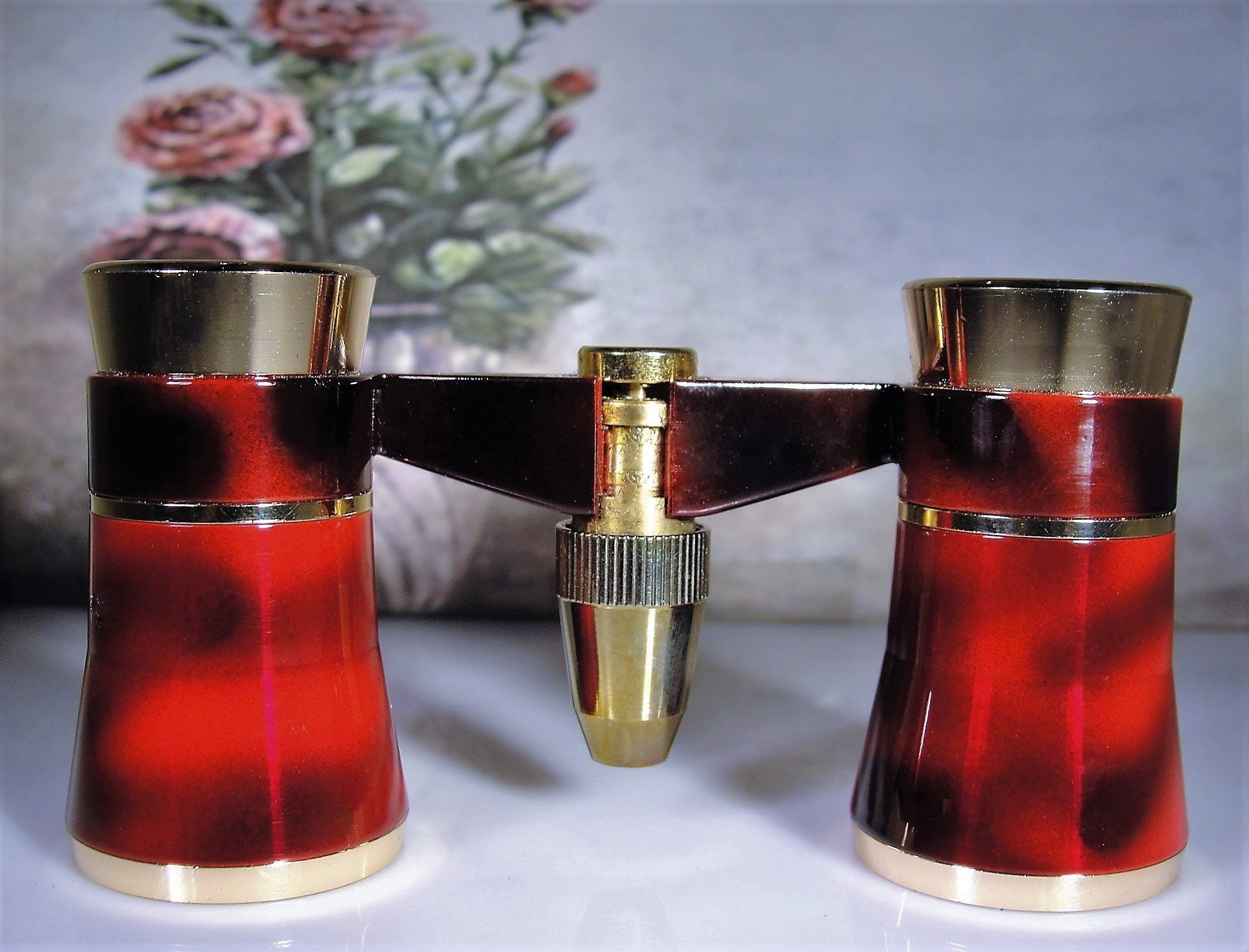
Each eye-tube extended independently for focusing. It was built of two cylinders connected with a bridge. It was not until 1823 in Vienna, that the first binocular opera glasses were invented and put into use.

The body was decorated with gems, enamel, ivory and other decorations. These were monoculars small Galilean telescopes. We find Opera glasses mentioned in a London advertisement as early as 1730.

This change brought forth a new generation of prismatic binoculars with a wide field of vision and larger magnification possibilities and made Galilean binoculars almost obsolete. An Italian gunnery officer- Ignazio Porro (1801-1875) found a way to use the Keplerian binoculars and turn the picture over using prisms. A very important development occurred in the mid 19th century. Salva (1710-1762) invented the bridge that connected two small Galilean telescopes. In the mid 18th century a Venetian optician named D. This is the achromatic (color free) lens that is still in use today. Each lens was made from a different type of glass. He invented a lens made from two lenses cemented together. In 1758 John Dollond of England solved the main problem that plagued all binoculars till then- color aberration. In about 1617 Anton Schyrle (1597-1660), inserted an extra lens and the image was re-inverted it is called a terrestrial telescope.

But, because they had two convex lenses the picture that was seen was inverted. Johann Kepler (1571-1630) invented binoculars, which gave a much wider field of view. One year later Galileo Galilee (1564-1642), the Italian philosopher and mathematician improved the telescope to a magnification of X30. The first binoculars that were made of two parallel telescopes, were created in 1608 by the Dutch optician Hans Lipperhey.


 0 kommentar(er)
0 kommentar(er)
